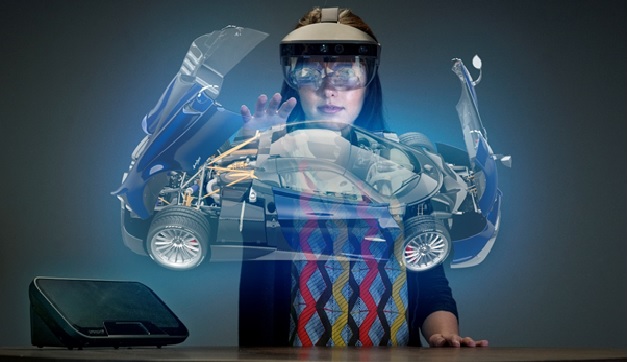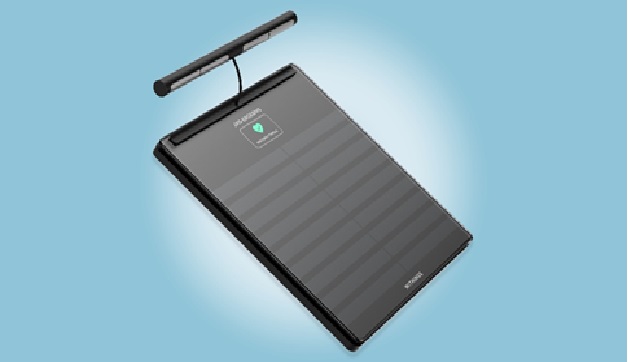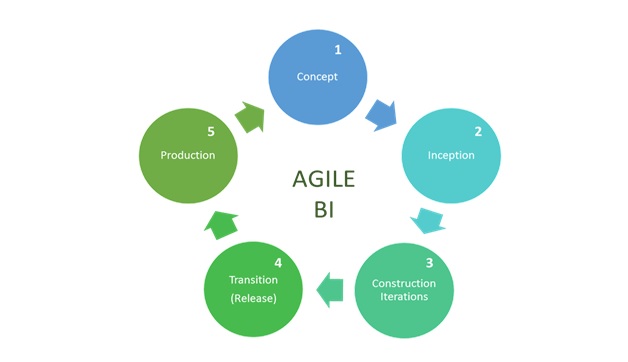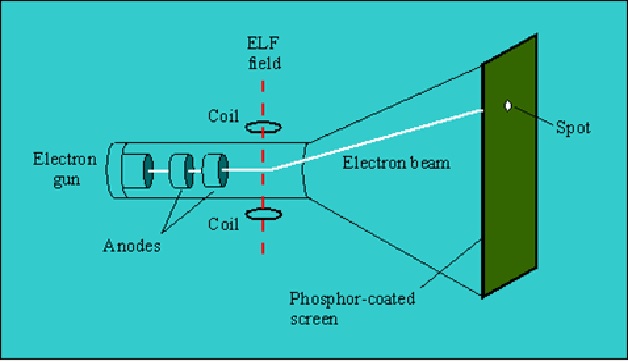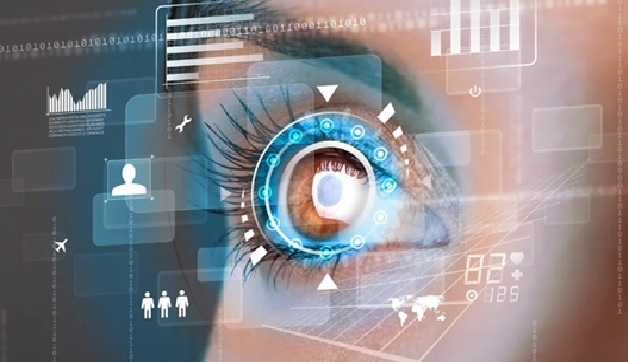Brain-Computer interface (BCI)
A brain-computer interface, sometimes called a neural-control interface, mind-machine interface, direct neural interface, or brain–machine interface, is a direct communication pathway between an enhanced or wired brain and an external device.[1]
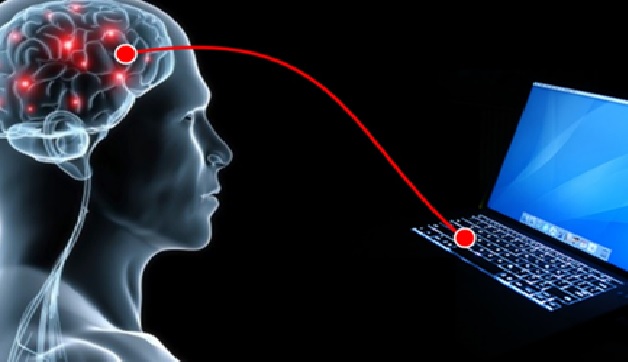
Figure 1. The Brain-Computer interface (BCI)
Figure 1 shows A BCI records and interprets or decodes brain signals. Brain cells (neurons) communicate with each other by sending and receiving very small electrical signals. It is possible to ‘listen’ to these signals (generally referred to as ‘brain activity’) with advanced electrical sensors. Healthy people are able to move because the brain sends signals via the central nervous system to the muscles of the body. All interaction of a person (such as speaking or shaking hands) requires precise communication between the brain and muscles. Medical conditions such as stroke or neuromuscular diseases can disrupt or break the communication between the brain and body muscles and lead to paralysis (or the loss of the ability to control one’s body, such as cerebral palsy). However, in many cases the brain is still able to generate the activity for intended movements and a BCI can use the brain activity to control assistive devices.[2]
Brain Computer Interfaces:
A BCI is a computer-based system that acquires brain signals, analyzes them, and translates them into commands that are relayed to an output device to carry out a desired action. Thus, BCIs do not use the brain's normal output pathways of peripheral nerves and muscles. This definition strictly limits the term BCI to systems that measure and use signals produced by the central nervous system (CNS). Thus, for example, a voice-activated or muscle-activated communication system is not a BCI. Furthermore, an electroencephalogram (EEG) machine alone is not a BCI because it only records brain signals but does not generate an output that acts on the user's environment. It is a misconception that BCIs are mind-reading devices. Brain-computer interfaces do not read minds in the sense of extracting information from unsuspecting or unwilling users but enable users to act on the world by using brain signals rather than muscles. The user and the BCI work together. The user, often after a period of training, generates brain signals that encode intention, and the BCI, also after training, decodes the signals and translates them into commands to an output device that accomplishes the user's intention.[4]
Expectations for the future
BCI research and development is a multidisciplinary effort involving neuroscientists, engineers, applied mathematicians, computer scientists, psychologists, neurologists, and clinical rehabilitation specialists. Although most of the published BCI literature to date concerns development of improved signal processing or other engineering facets of BCI technology, incorporation of professionals from all the above mentioned disciplines is critical for success.
As a field of practice and a subject of study, BCI technology is still in its infancy. Further research on different components of BCI development is ongoing and challenging. These include explorations of: useful brain signals; signal recording techniques; feature extraction and translation methods; methods for engaging short- and long-term adaptations between user and system so as to optimize performance; appropriate BCI applications; and clinical validation, dissemination, and support.[3]
Components of a BCI System
The purpose of a BCI is to detect and quantify features of brain signals that indicate the user's intentions and to translate these features in real time into device commands that accomplish the user's intent. To achieve this, a BCI system consists of 4 sequential components22: (1) signal acquisition, (2) feature extraction, (3) feature translation, and (4) device output. These 4 components are controlled by an operating protocol that defines the onset and timing of operation, the details of signal processing, the nature of the device commands, and the oversight of performance. An effective operating protocol allows a BCI system to be flexible and to serve the specific needs of each user.[3]
References:
- https://www.thepourquoipas.com/post/the-next-big-thing-2050-technologies
- https://neuroprosthesis.eu/?page_id=61
- https://www.ncbi.nlm.nih.gov/pmc/articles/PMC2862632/
- https://www.ncbi.nlm.nih.gov/pmc/articles/PMC3497935/
Cite this article:
Thanusri swetha J (2021) The Brain-Computer interface (BCI), AnaTechMaz, pp. 36


